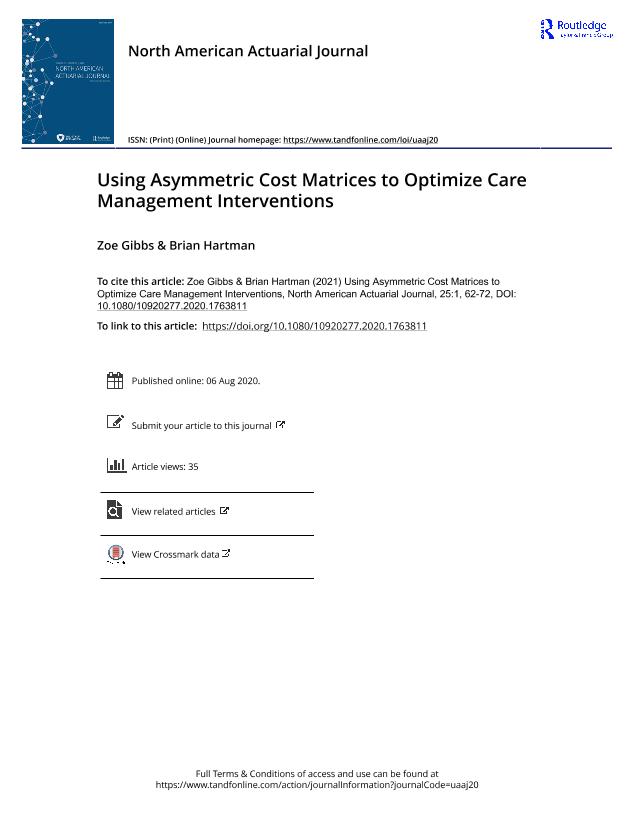Other categories: 6
Using asymmetric cost matrices to optimize care management interventions

Contenido multimedia no disponible por derechos de autor o por acceso restringido. Contacte con la institución para más información.
Other categories: 6

